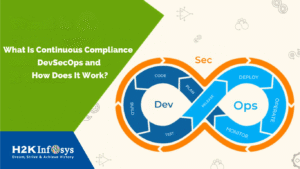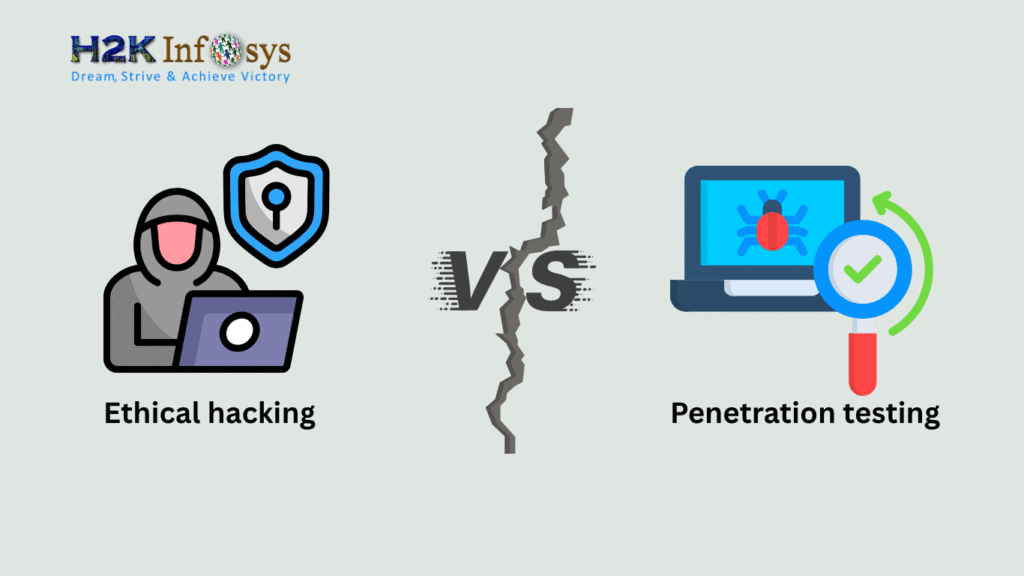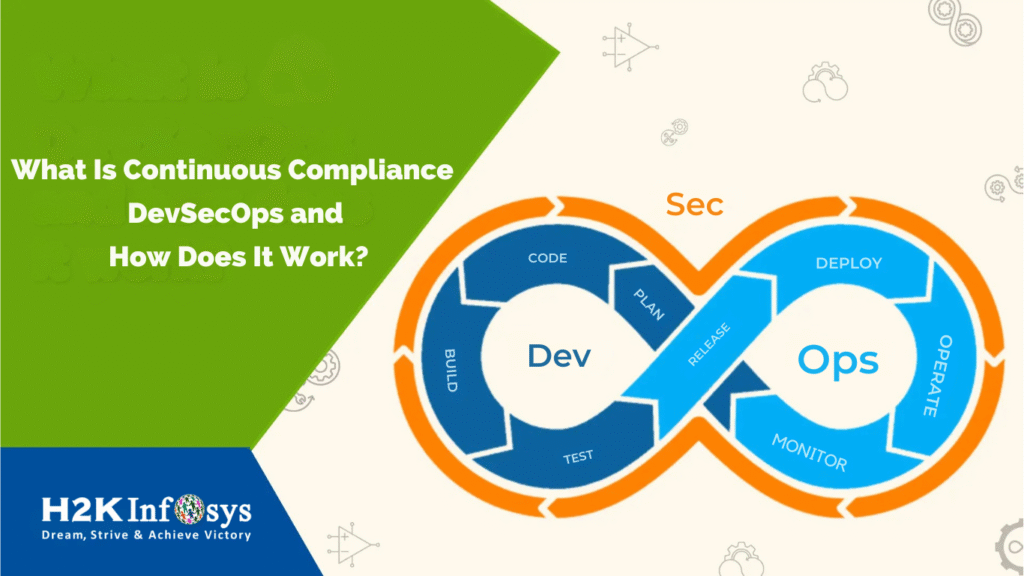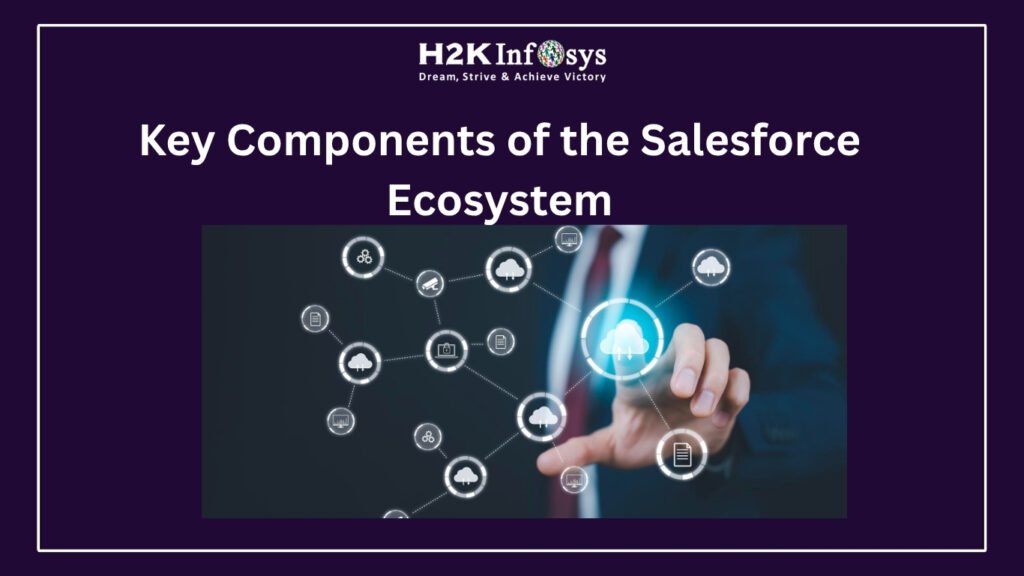Introduction: Why Cloud Incident Response Matters
The shift to cloud computing has redefined the digital infrastructure for businesses across the globe. While cloud platforms offer scalability, flexibility, and cost-effectiveness, they also introduce a wide range of cyber risks. From data breaches to ransomware attacks, cloud environments are frequent targets for sophisticated threats. This is where it becomes a critical component of every cyber defense strategy.
For students exploring Cyber security training and placement, learning how to respond effectively to cloud-based threats is no longer optional, it’s essential. In today’s dynamic IT landscape, mastering Cloud Incident Response is a core requirement for professionals who want to secure their organization’s cloud resources and maintain operational continuity.
This blog will break down the fundamentals of Cloud Incident Response, outline its lifecycle, and provide step-by-step insights to help aspiring cybersecurity experts gain practical, job-ready skills.

What Is Cloud Incident Response?
It is the structured process of detecting, analyzing, containing, and recovering from security incidents that occur in cloud environments. These incidents may involve data breaches, unauthorized access, account hijacking, service disruptions, or malware intrusions.
The purpose of Cloud Incident Response in cyber systems is to:
- Minimize the impact of the attack.
- Restore normal services quickly.
- Prevent future breaches.
- Ensure regulatory compliance and protect sensitive data.
A well-planned strategy can limit damage, reduce recovery time, and help ensure legal and regulatory compliance.
Why Incident Response in the Cloud Is Different
Traditional IT infrastructure offers more control over the hardware and software stack. In contrast, cloud environments rely on shared responsibilities between cloud service providers (CSPs) and users. This shared responsibility model requires a different approach to incident detection and response.
Here are a few reasons why Cloud Incident Response stands apart:
- Decentralized Infrastructure: Resources are distributed across multiple servers and locations.
- Limited Visibility: Organizations may lack full control or visibility into cloud components.
- Data Ownership Challenges: It may be unclear who is responsible for which data layer, especially in SaaS models.
- Automation and APIs: Cloud systems rely heavily on automation tools, which must be included in incident detection strategies.
For students in a cyber security course with placement, understanding these cloud-specific differences is critical to building effective defense mechanisms.
Key Stages of the Cloud Incident Response Lifecycle
Effective involves a structured approach that includes the following five phases:
1. Preparation
The preparation phase sets the groundwork for fast, effective incident handling.
Key Activities:
- Develop an incident response policy tailored to cloud services.
- Identify roles and responsibilities (e.g., Incident Commander, Analyst).
- Set up monitoring and alert systems such as SIEM and CSP-native tools.
- Define KPIs and response metrics.
Pro tip: A strong Cloud Incident Response plan includes automated logging, pre-defined playbooks, and clear communication paths.
2. Detection and Analysis
In this phase, your team identifies suspicious activities and validates whether they constitute a real threat.
Detection Sources:
- Alerts from AWS GuardDuty, Azure Security Center, etc.
- Unusual traffic patterns or login behaviors.
- Access anomalies are detected through logs.
Analyzing the data requires threat intelligence, contextual understanding, and forensic tools, all covered in cyber security training courses that emphasize Cloud Incident Response practices.
3. Containment
Containment helps limit the impact of an incident and prevents it from spreading across cloud environments.
Short-term Steps:
- Disable compromised credentials.
- Isolate virtual machines or containers.
- Revoke API access tokens.
Long-term Steps:
- Apply updated firewall rules.
- Use machine learning to detect policy violations.
- Review configuration settings post-incident.
A strong Cloud Incident Response framework ensures you contain threats before they compromise mission-critical systems.
4. Eradication and Recovery
The eradication phase removes all traces of the attack, while recovery restores operations securely.
Steps:
- Remove malware and malicious scripts.
- Restore affected systems from clean backups.
- Reconfigure access permissions and monitor post-recovery.
The teams must ensure no backdoors remain and that systems are fortified against similar threats.
5. Post-Incident Review
A critical step in the lifecycle is conducting a post-mortem review to improve future responses.
Activities:
- Document all actions and findings.
- Perform a root cause analysis.
- Update response procedures and playbooks.
- Educate stakeholders about lessons learned.
This final step closes the Cloud Incident Response loop and prepares the team for the next challenge.
Tools and Technologies Used in Cloud Incident Response
Organizations use a wide range of tools, including:
- SIEMs: Splunk, QRadar, Azure Sentinel
- Cloud-Native Security Tools:
- AWS CloudTrail & GuardDuty
- Azure Monitor & Defender for Cloud
- Google Cloud Security Command Center
- AWS CloudTrail & GuardDuty
- Forensics and Analysis Tools: Wireshark, Volatility, Sysinternals
Getting hands-on experience with these tools is essential for students enrolled in a Cyber security course with placement program.
Common Cloud Incidents and Real-World Response Scenarios
Unauthorized Access
Indicators:
- Login attempts from foreign locations.
- Suspicious changes in permissions.
Cloud Incident Response Actions:
- Lock user accounts and revoke tokens.
- Force password resets and enable MFA.
- Analyze activity logs for lateral movement.
Data Breaches
Indicators:
- Unusual download activity.
- Data transfers to external destinations.
Cloud Incident Response Actions:
- Isolate breached assets.
- Perform data leak forensics.
- Notify relevant stakeholders and ensure legal compliance.
Ransomware in Cloud Environments
Indicators:
- Sudden encryption of files or storage volumes.
- Ransom notes are displayed in cloud dashboards.
Cloud Incident Response Actions:
- Quarantine affected resources.
- Identify the attack vector.
- Restore data and validate integrity.
Compliance and Governance in Cloud Incident Response
When executing Cloud Incident Response, it’s essential to follow security standards and regulatory frameworks like:
- HIPAA for healthcare data
- GDPR for personal data protection in the EU
- ISO/IEC 27035 for incident management best practices
These regulations emphasize timely notification, thorough logging, and secure data handling—all of which are taught in cyber security training near me programs offered by H2K Infosys.
How H2K Infosys Helps You Master Cloud Incident Response
H2K Infosys offers industry-focused cybersecurity training and placement programs that include:
- Live instruction on Cloud Incident Response tools and strategies
- Cloud-specific labs with AWS, Azure, and GCP
- Step-by-step guides to respond to real-world incidents
- Resume building, interview prep, and placement assistance
Whether you’re just starting or upskilling, our curriculum is designed to equip you with the real-world skills needed to manage modern cloud threats.
Career Roles That Require Cloud Incident Response Expertise
If you’re skilled in Cloud Incident Response, career paths include:
- Cloud Security Engineer
- SOC Analyst
- Incident Response Specialist
- Cloud Forensics Analyst
- Cybersecurity Consultant
These roles are not only in high demand but also come with competitive salaries and growth potential, especially for those who complete a Cyber security course with placement.
Key Takeaways
- It is vital for securing distributed, scalable cloud environments.
- It involves five essential phases: preparation, detection, containment, eradication, and review.
- Cloud-native tools and automation play key roles in speeding up incident resolution.
- H2K Infosys offers practical, hands-on training to prepare learners for these critical tasks.
- Career opportunities are abundant and growing for professionals trained in cloud security.
Conclusion
Cloud Incident Response is no longer a niche skill; it’s a core function of modern cybersecurity. With the increasing shift to cloud infrastructure, mastering this discipline gives professionals a serious advantage in the job market.
Take the next step with H2K Infosys. Enroll today in our cyber security training courses and build a career in Cloud Incident Response with real-world confidence.

























